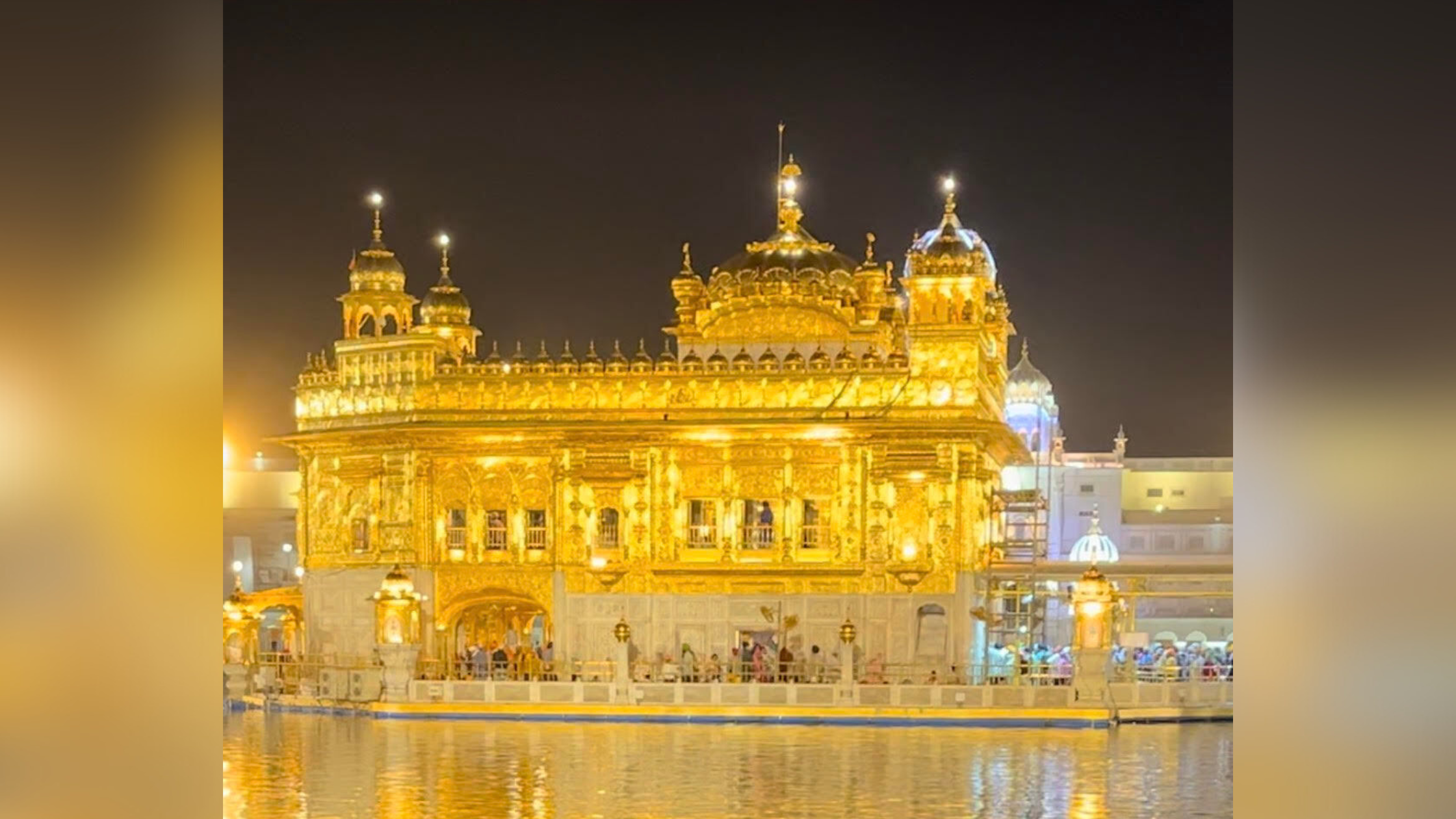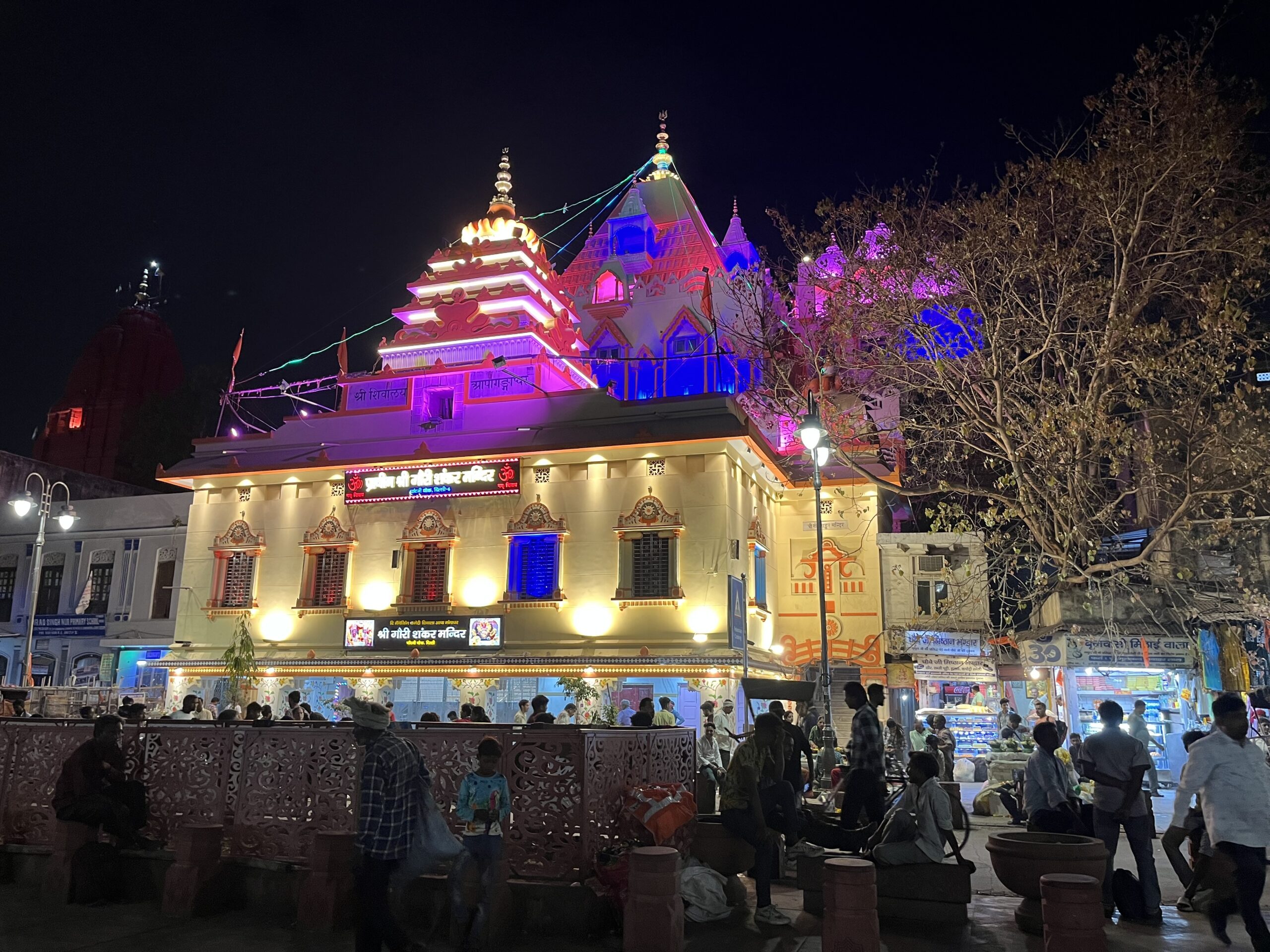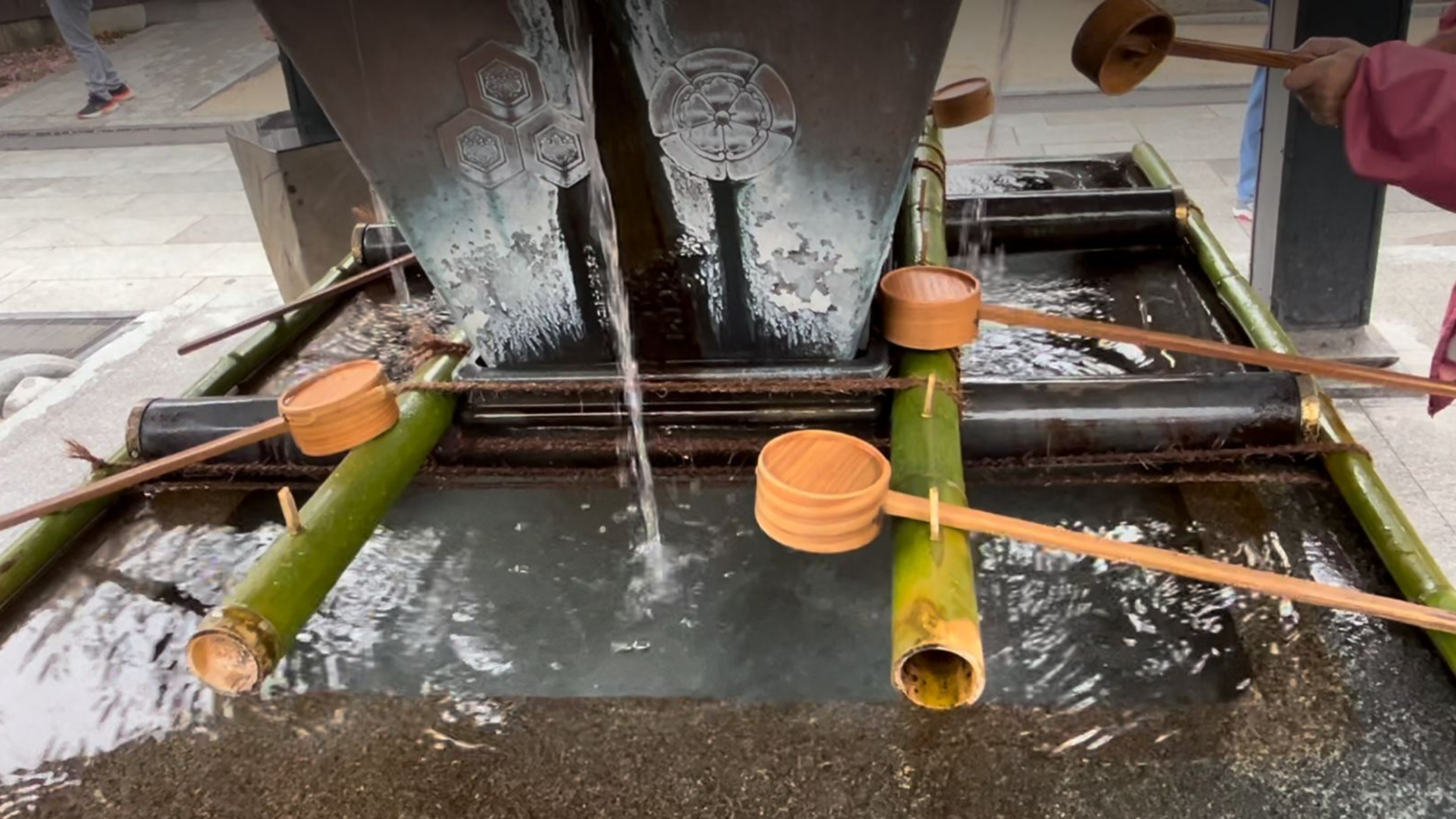This Sunday is Easter for Orthodox Christians. Despite being a Christian tradition, Orthodoxy is not well known by many Westerners. Even our Christian-inspired calendar has work and school holidays that are not their holidays. Easter is a time of new beginnings so let’s seize this opportunity to learn a bit about Orthodox Christians.
Big and Ancient
Orthodox Christians number about 300 million people worldwide which is close to the global population of Buddhists. About 40% of the world’s Orthodox Christians live in Russia but it comprises the majority religion in several eastern European countries including Ukraine, Serbia, Greece, Bulgaria and Romania. And the tradition is ancient. Like the Roman Catholic church, it traces its roots to the first disciples of Christ.
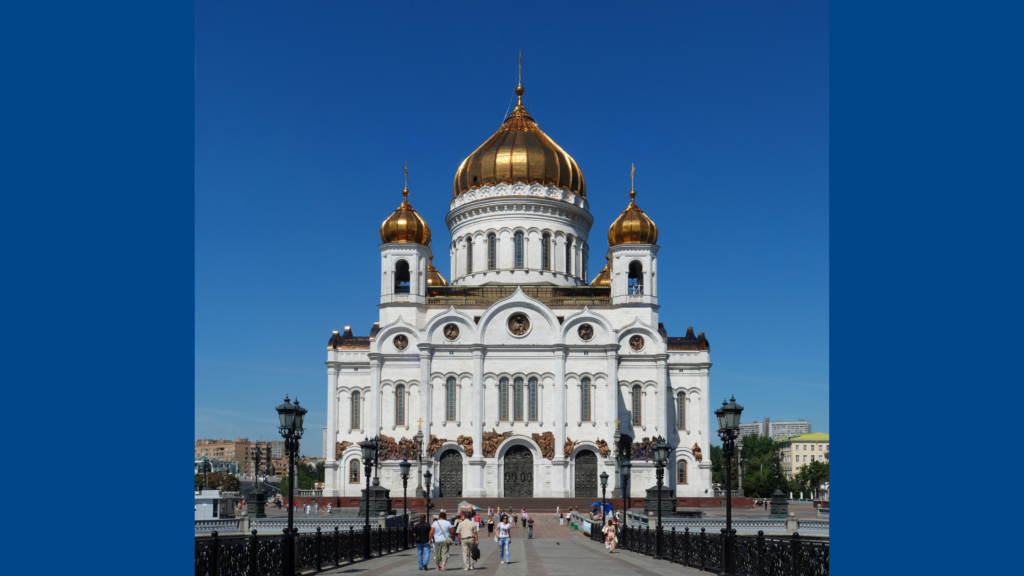
Cathedral of Christ the Savior in Moscow. Photo credit: Wikipedia.org by Alvesgaspar, CC BY-SA 3.0
Tradition!
The well-known song Tradition comes from the Jewish musical Fiddler on the Roof but it would make a great anthem for Orthodox Christianity. Protestants generally welcome new things and have famously been early adopters of new technologies (from the printing press to radio to video) as well as any and all musical genres. Roman Catholics skew more traditional, with some newer music mixed in. The Orthodox however love tradition and keep worship as it has been for a millennium or more. No instruments are used at church – song is all acapella. Services are done in traditional languages (Greek in a Greek Orthodox church, for example) and shiny new things are never allowed to intrude on the timeless beauty of an unchanging form of worship.
Truly Iconic
Orthodox Churches have beautiful interiors covered with magnificent icons. Icons are two-dimensional paintings of key figures or Biblical scenes. Unlike Catholic churches, statues here are forbidden owing to the Biblical injunction against graven images and so only paintings are allowed. Figures in these images are intentionally never too lifelike so you never confuse them with the figures depicted and start worshipping an idol. These images are considered sacred and are venerated but not worshipped. Many devotees have small icons in their homes. And, once again, the icons are not places for artistic innovation. Instead, images are painted to replicate earlier images exactly, sometimes using ancient dyes and painting techniques.

During our Discovery Week, we often visit St George Greek Orthodox Church. The interior, shown here, is covered with magnificent iconography. Photo credit: Yelp.ca, by Samgabor100.
Embrace the Mystery
Western Christians (i.e. Roman Catholic and Protestant) have often tried to make doctrine have logical sense – to explain, for example, the Christian concept of the Trinity. Orthodox Christians revel in the mystery. This is central to every service (called Divine Liturgy) where the bread and wine become the body and blood of Christ. The moment of this miracle happens behind a beautiful screen called the iconostasis (screen of icons) so that you cannot see the transformation. One minute there is just bread and wine; then the doors close, prayers are said, bells are rung announcing the transformation and when the doors open, out comes the body and blood of Christ.
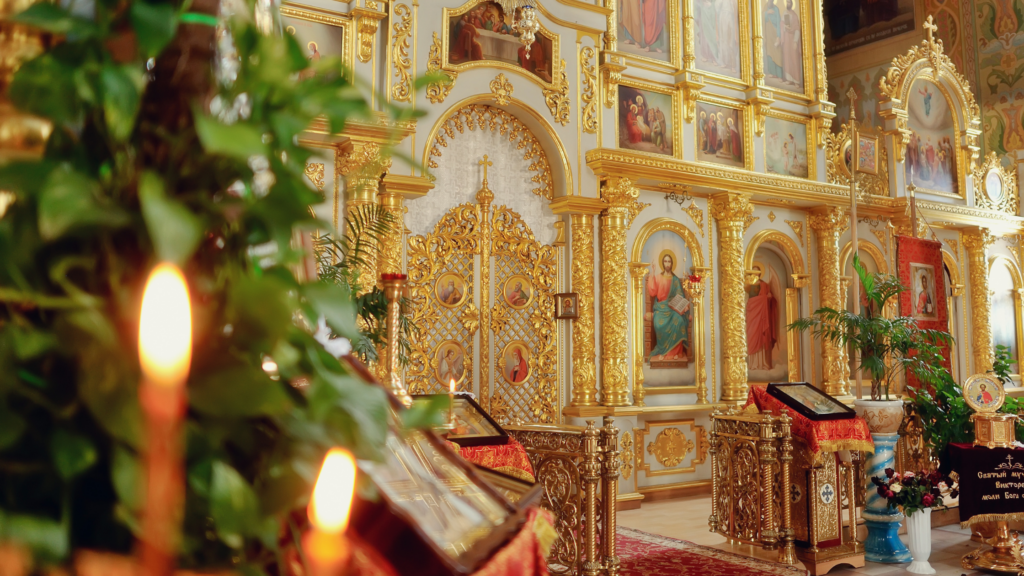
The iconostasis separates the altar from the main body of the church. It is behind these doors that the miracle and mystery occurs. Photo credit: Canva.com
Independence
Individual national Orthodox Churches are autonomous and each has their own leader or Patriarch. There is an ecumenical Patriarch who speaks on behalf of the whole Orthodox Christian world but he has no actual authority over the national churches.
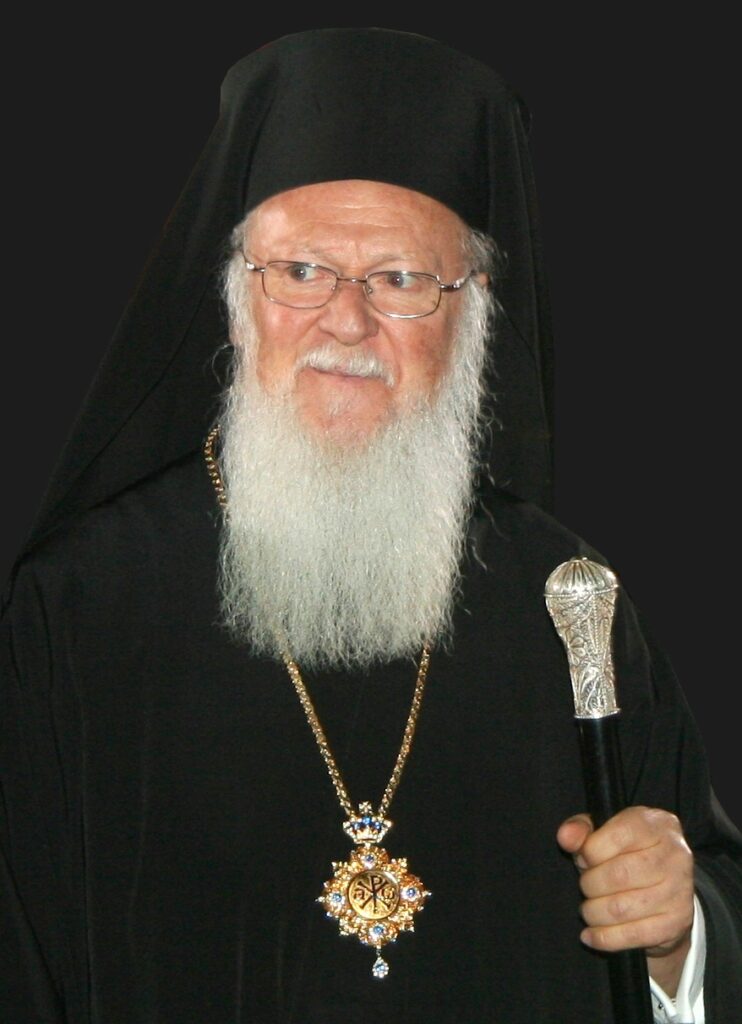
Ecumenical Patriarch Bartholomew I. Photo credit: Wiipedia.org, Massimo Finizio, CC BY 3.0.
Mary and Marrying
Two other small notes. Orthodox priests may marry before they are ordained but not afterwards. Bishops however are never married. And Mary, who is a major figure in Roman Catholicism, is perhaps even more prominent among Orthodox Christians. Enormous icons of her are common in many churches.
Things to Know
Orthodox Christians have a different calendar so make sure your school or workplace honours this and give flexibility to take days off where possible. Orthodox Christian identity often ties with national heritage (as Serbs, Ukrainians or Russians for example) and there may be national customs or foods that shape the way the faith is celebrated.
If you have a colleague or neighbour who is Orthodox, wish them a happy Easter and, if they seem open to chatting, ask them if and how they are celebrating.
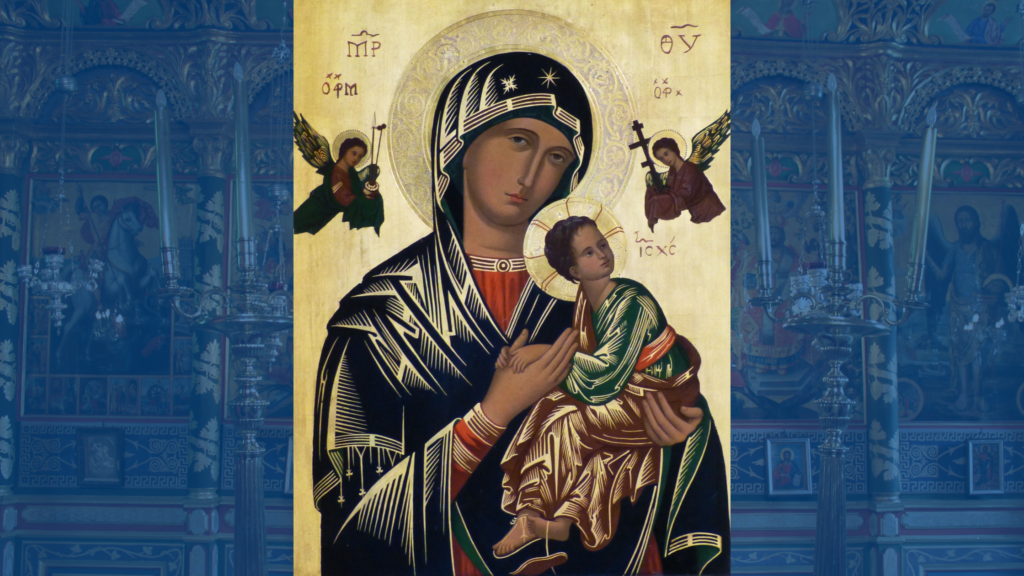
Icon of Mary and baby Jesus. Photo credit: Canva.com

